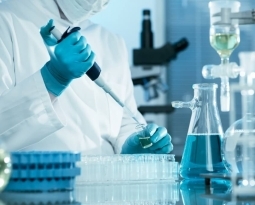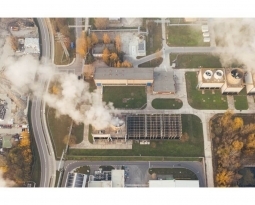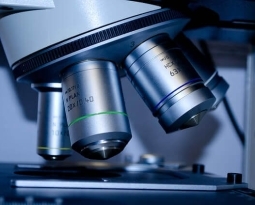R&D Activity as a Percentage of GDP
Innovation: A Vital Role in Growth
It is important to note that innovation plays a huge role in ensuring that productivity growth, as well as competitiveness, are achieved. Ireland depends on innovation to compete on an international scale.
Significant Increases in R&D Activity
Over a decade, a significant increase in R&D activity has occurred in Ireland. In 2005, it formed 1.19% of GDP, while in 2015 it accounted for 1.51% of the GDP (equivalent to €2.8bn). The indicator used to get the level of R&D in a country is the gross domestic expenditure on R&D (GERD), which is expressed as a percentage of GDP. This also includes the expenditure on research and development by businesses (BERD), higher education and the public sector.
The Largest Component of GERD
As such, the largest component of GERD in Ireland is R&D expenditure by businesses. In this, foreign-owned companies in this country incur almost two-thirds of expenditure on research and development. It is therefore clear that foreign multinationals dominate in research and development. In terms of GDP share, Ireland would be one of the lowest overall performers in the European Union without the innovation expenditure on foreign-owned multinationals.
R&D Tax Credit Eligibility as a Domestic Company
From another perspective, despite the fact that foreign companies dominate R&D in Ireland does not mean that domestic companies should assume that they are not eligible for the credits. In order to be eligible, there are two Revenue tests that have to be undertaken. These are the science and accounting tests. When a company wants to file for the credits, the R&D tax credit claim must be completed on the tax return (Form CT1). This involves completing 25 questions including a detailed project plan, comprehensive information on the science involved in the claim and records on certain expenditures. This credit is crucial for Ireland to reach its R&D intensity target of 2.5% of GDP by 2020.









